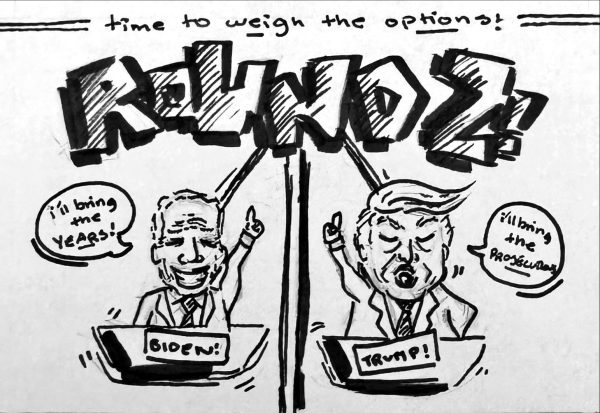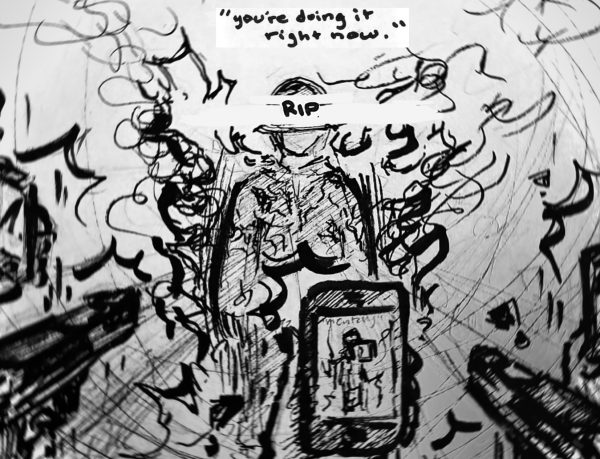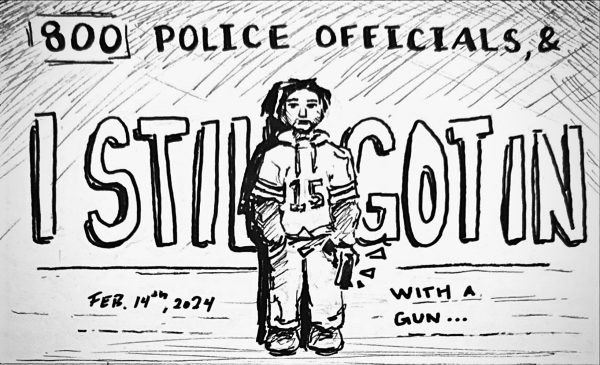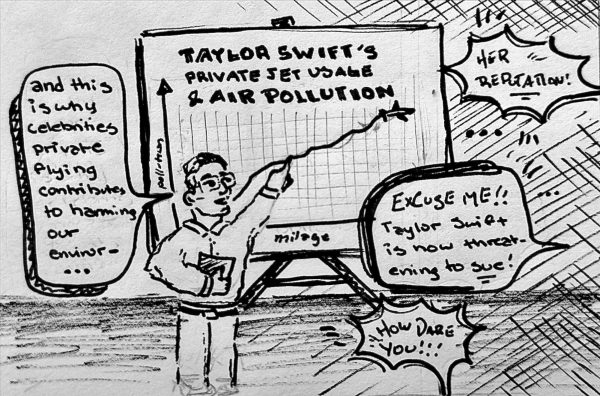Show the real side of women
The media has failed women. As children, the first playthings given to us are dolls with unrealistic body proportions. As teens, we see advertisements for beauty campaigns that use Photoshopped models. As adults, we see fewer television shows, commercials or films with strong female leads, and more with women playing over-sexualized supportive roles.
I’ve seen the Carl’s Jr. commercials, and no woman washes a car like that.
These images are targeted to girls at an early developmental age, and have helped raise a generation of women who believe success is not based on mind or ability, but on an over-sexualized standard of beauty.
The Representation Project, a non-profit advocacy group that fights to educate society and stop sexism in the media, reports that according to the NY Daily News, American teens spend 31 hours a week watching T.V., 17 listening to music, 3 hours a watching movies and 10 hours online.
This averages out to about 10 hours a day of media consumption. During this time girls between the ages of 11 and 14 see an average of 500 ads a day.
When those girls grow up, they will spend between $12,000 and $15,000 a year on beauty products and salon services. That’s more than my upcoming Sacramento State University tuition for the 2014-2015 school year.
Instead of giving tips to teens and young women on ways to boost their grade point average or how to become leaders in their communities, they fill pages with fashion tips, beauty secrets and fad workouts.
Studies done by the South Carolina Department of Mental Health show that as a result of magazine beauty ads geared toward teens and women, 53 percent of 13-year-old girls are unhappy with their bodies, a statistic that increases to 78 percent by the age of 17.
The same study concluded there is a connection between negative feelings women have of themselves as they grow up in the age of beauty ads and the 65 percent of U.S. women and girls who report having eating disorders.
To stop dangerous gender stereotypes in the media we have to demand women be represented fairly. Women make up 51 percent of today’s population, yet only two of our Supreme Court Justices are female.
Nancy Pelosi rose higher in political office than any other women in history becoming the first women Speaker of the House and, according to the Washington Post, “Pelosi in the view of many scholars consolidated more power during the first half of the Obama administration, and wielded it more effectively than any speaker in modern history.”
Yet Pelosi never made it on the cover of any nationally recognized news publication during that time. However, John Boehner’s image graced the covers of Newsweek and Time before he was even given the gavel.
No wonder women spend more money on beauty products than education. How can they see themselves as valuable when society puts them into a structured box?
Take action against sexism in the media. Join The Representation Project’s online campaign #notbuyingit to bring attention to gender discrimination. Whenever you see an ad, movie, or product that uses sexism or objectifies women, share the link with #notbuyingit.
sNike, H&M and Marc Jacobs have pulled ads that have been boycotted by #notbuyingit. GoDaddy fired their ad agency to “rethink our historically sexist style of advertising.”
Both men and women need to demand fair portrayal. We need to break out of the box and take a stand against sexism in the media and start celebrating women for who they are instead of limiting them to an advertised idea of beauty.





